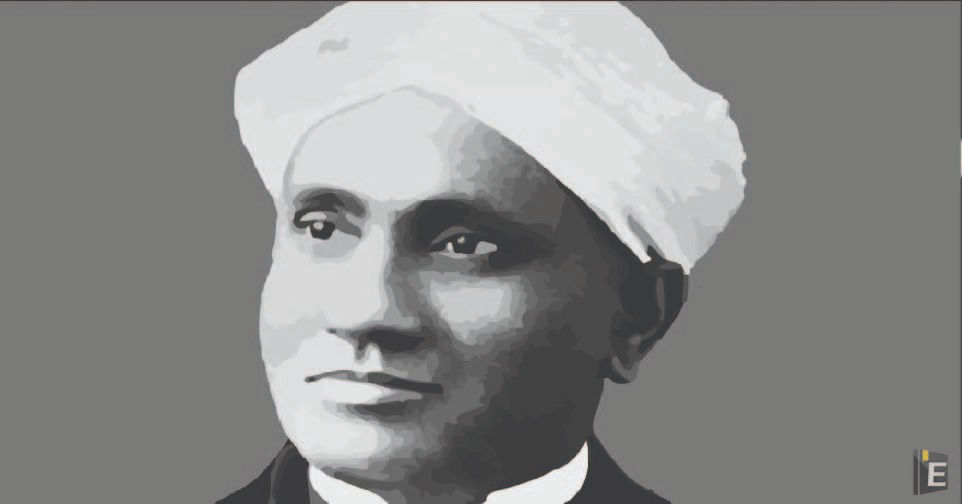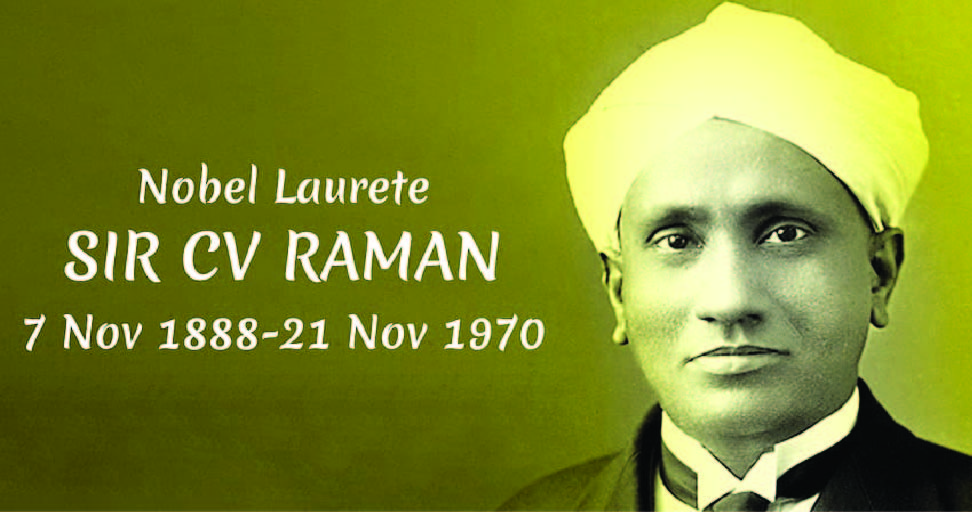Biography of C V Raman

Sir C.V. Raman, a distinguished Indian physicist, penned his autobiography titled "The Autobiography of a Scientist." This compelling narrative delves into his life, chronicling his remarkable journey from humble beginnings to becoming the first Asian to win the Nobel Prize in Physics in 1930. Within the pages, Raman elucidates his pioneering discoveries, notably the Raman Effect, which revolutionized the field of spectroscopy. His autobiography not only encapsulates scientific breakthroughs but also offers profound insights into his thoughts, struggles, and the pursuit of scientific excellence. It stands as a testament to his enduring legacy in the world of science and innovation.
Biography of C V Raman
Born on November 7, 1888, in Thiruvanaikoil, near Tiruchirapalli in Tamil Nadu, Chandrasekhara Venkata Raman, widely known as Sir C.V. Raman, was destined to become one of the most revered physicists of the 20th century. His life journey was an embodiment of relentless pursuit, scientific curiosity, and groundbreaking discoveries that transformed the landscape of modern physics.
Also, Read Latest Current Affairs Questions 2023: Current Affairs Today
"Stay ahead of the competition with our General Knowledge Mock Test and Current Affairs Mock Test!"
Early Life and Education:
Growing up in a modest Tamil Brahmin family, I was blessed with a supportive environment that encouraged intellectual curiosity. My father, R. Chandrasekhara Iyer, was a lecturer in mathematics and physics, and my mother, Parvathi Ammal, played a significant role in nurturing my early education. Their influence instilled in me a profound love for science from a young age.
My formal education commenced at the St. Aloysius Anglo-Indian High School in Vishakhapatnam, where I exhibited an innate aptitude for mathematics and science. The thirst for knowledge and an insatiable curiosity led me to enroll at the Presidency College in Madras, now known as Chennai, for further studies. It was here that I encountered profound mentors and educators who shaped my academic journey.
In 1907, I completed my Bachelor's degree in Physics with honors and excelled in every academic pursuit. However, the yearning for higher education and deeper exploration led me to travel to England, where I secured admission to the University of Cambridge. Under the guidance of distinguished scientists, such as J.J. Thomson, I immersed myself in the realms of theoretical and experimental physics.
Career and Scientific Contributions:
Returning to India in 1913, armed with a deep understanding of physics and an unwavering dedication to scientific research, I accepted a position as the Palit Professor of Physics at the University of Calcutta. It was during my tenure here that my groundbreaking work on light scattering and the phenomenon that would eventually be known as the "Raman Effect" took shape.
In 1928, while conducting experiments on the scattering of light, I made a serendipitous discovery that altered the course of scientific understanding. The observation that a tiny fraction of light scattered by a liquid exhibited a different wavelength intrigued me. This deviation in wavelength, later termed the Raman Effect, was a momentous revelation that established the molecular scattering of light, providing profound insights into the nature of molecules.
My research not only led to the Raman Effect but also laid the foundation for a new branch of spectroscopy, known as Raman Spectroscopy. This breakthrough opened doors to analyzing molecular structures, identifying substances, and exploring various scientific disciplines, from chemistry to biology and materials science.

Recognition and Honors:
The significance of the Raman Effect was immediately recognized worldwide, earning me the Nobel Prize in Physics in 1930, a crowning achievement that brought international acclaim to Indian science. This prestigious accolade made me the first Asian and the first non-white individual to receive the Nobel Prize in the physical sciences.
Throughout my career, I remained deeply committed to advancing scientific education and research in India. I took on various roles, including the directorship of the Indian Institute of Science in Bangalore, where I spearheaded pioneering research initiatives and inspired countless young minds to pursue scientific excellence.
Legacy and Impact:
My contributions to the field of physics extended beyond the Raman Effect. I delved into diverse scientific inquiries, publishing numerous papers on topics ranging from the acoustics of musical instruments to the physics of crystals. Moreover, I advocated for the establishment of scientific institutions, recognizing the vital role they play in fostering innovation and knowledge dissemination.
Sir C.V. Raman's legacy endures through the Raman Research Institute in Bangalore, established in 1948, which continues to be a hub for cutting-edge research in physics and allied sciences. The Raman Effect remains a cornerstone of modern physics, with applications spanning diverse fields, including medicine, material science, and environmental studies.
Personal Life and Philosophical Outlook:
While my life was dedicated to unraveling the mysteries of the universe, I also cherished simple joys and pursuits. My marriage to Lokasundari Ammal in 1907 brought immense happiness and support, providing a conducive environment for my scientific endeavors.
Beyond my scientific pursuits, I held deep-rooted philosophical beliefs. I believed in the harmonious integration of science and spirituality, recognizing the interconnectedness of all phenomena in the universe. My writings and speeches often reflected this profound perspective, emphasizing the beauty and wonder inherent in the scientific exploration of nature.
Closing Thoughts:
My life's journey, spanning scientific discovery, academic excellence, and a fervent commitment to advancing knowledge, stands as a testament to the power of perseverance and intellectual curiosity. As I reflect on the milestones achieved and the challenges surmounted, I am reminded of the words of Sir Isaac Newton, "To myself, I am only a child playing on the beach, while vast oceans of truth lie undiscovered before me."
In essence, my life's work was an ongoing quest to unveil these vast oceans of truth, and I fervently hope that my contributions continue to inspire future generations of scientists to explore, question, and unravel the mysteries of the cosmos.
This autobiographical portrayal aims to encapsulate the pivotal moments, scientific contributions, and the philosophical outlook of Sir C.V. Raman, offering insight into the life of this illustrious physicist for competitive exam purposes.



